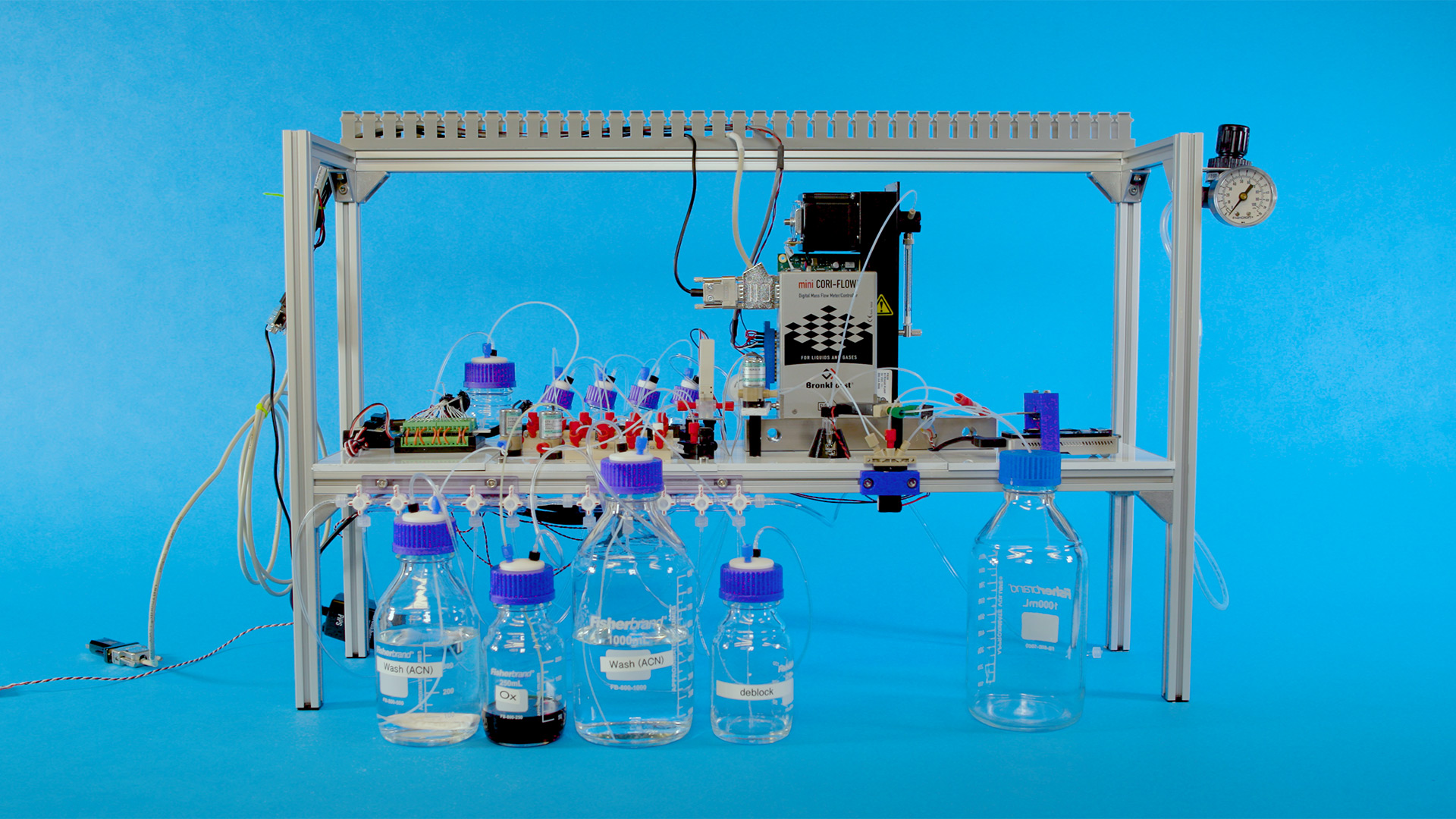Scientists are cracking the code to store vast amounts of digital data inside synthetic DNA strands—unlocking a future where the world’s knowledge could fit in a coffee cup.
We’re drowning in data. Every minute, millions of gigabytes are created across the globe—from cat videos to critical medical records. Traditional hard drives and cloud storage centers consume massive amounts of energy and physical space. But a revolutionary idea, pulled straight from nature’s own design, is turning heads: storing data in DNA.
Researchers at Harvard, Microsoft, and the European Bioinformatics Institute have all made strides in DNA data storage—a process that converts binary code into the four-letter language of DNA (A, T, C, G). This allows information to be written into synthetic strands of DNA, which are then stored and later decoded using advanced sequencing tools.
Why DNA? It’s incredibly dense. One gram of DNA can theoretically hold up to 215 petabytes of data—roughly equivalent to 215 million gigabytes. That’s more than enough to store all the books ever written, the entire contents of the internet, and more… all in something smaller than a sugar cube.
The benefits go beyond size. DNA is remarkably durable. While hard drives degrade within a decade or two, DNA can remain stable for thousands of years—if kept in the right conditions. It’s the ultimate cold storage.
But there are hurdles. Right now, reading and writing DNA is expensive and slow. Encoding even a few megabytes can cost thousands of dollars. However, rapid advances in biotech—especially from startups like Catalog DNA and Twist Bioscience—are driving down costs fast. By the end of the decade, experts believe DNA data storage could become viable for large institutions like NASA, national archives, or major streaming companies.
Even governments are taking interest. In 2025, the U.S. Department of Energy began funding DNA-based archival systems for nuclear documentation and long-term climate records.
The bigger vision? Integrating DNA storage into future computing. Imagine a world where your personal health records, financial data, or even your family memories are backed up inside synthetic DNA molecules—more stable than any cloud.
DNA storage doesn’t just solve a tech problem. It represents a poetic convergence of biology and information: encoding our digital lives into the very building blocks of life itself.
Sources:
Nature Biotechnology, April 2025
Catalog DNA Official Reports
Harvard Wyss Institute, DNA Storage Research

